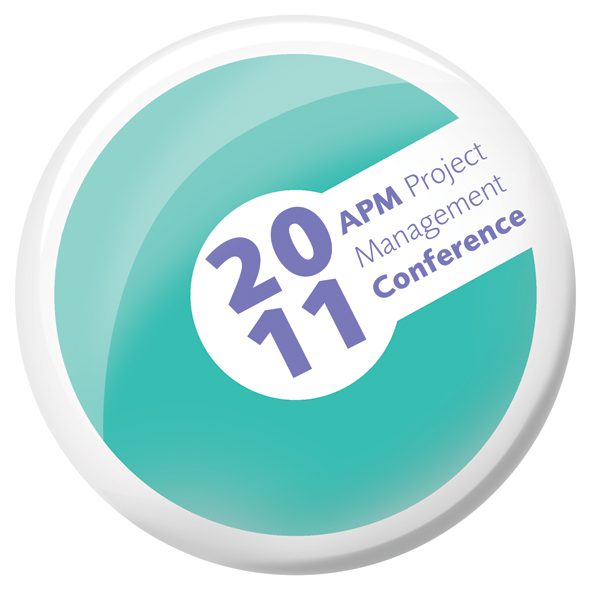Isn’t it beautiful when an IT Project team execute and implement with total cohesion from top to bottom? When colleagues become team-mates, and when leaders understand who they are leading, I think a team becomes almost unbeatable.
LESSONS FROM A LEGEND
The passing of the legendary footballer Sir Bobby Charlton, which is fairly fresh news as I write, reminded me of this timely leadership lesson.
Sir Bobby had a remarkable career, as a player with Manchester United, he would be part of Sir Matt Busby’s team that regrouped after the unimaginable horror of the Munich air disaster to win the European Cup and with Sir Alf Ramsey’s England he would win the World Cup. I remember an interview with Sir Bobby in which he compared the two leaders and explained the secret of their success. I am paraphrasing but the secret was that they knew their players “as men” and not just players. In other words, they knew what made their players tick as human beings, how to inspire and lead them as individuals – not like they were “off the shelf clones” that came with an instruction manual.
I’ve always tried to apply this to Project Management. As a leader, knowing your team as individuals can be hugely impactful, here are just ten benefits off the top of my head:
- Better Communication – Understanding each team member’s communication style, preferences, and unique needs enables more effective and clear communication. Knowing how talent hears communications will help you better target your message.
- Greater Motivation – Tailoring your leadership approach to each individual’s motivations and setting personal goals that fit within team goals can boost team morale and increase productivity.
- Team Building – Recognising individual strengths and weaknesses can help in building a more cohesive and balanced team.
- Personalised Development – Identifying each team member’s skills and areas for improvement allows for tailored training and development plans. (This feels like a really obvious thing to include but a PM told me recently that she never has a one-to-one development meeting with her superior).
- Conflict Resolution – Understanding personal differences and triggers can, naturally, help resolve conflicts and even prevent unnecessary disputes. When levels of trust are high, there is a greater desire to find a solution. When a team is tight knit, tensions can even foster a greater connection!
- Increased Engagement – Creating personal connections with team members can lead to higher levels of engagement, and commitment to one another (and the team).
- Optimised Resource Allocation – Knowing individual capabilities and interests helps when assigning tasks that align with an individual’s skills and competencies, improving overall performance.
- Reduce Talent Churn – Greater team trust can aid in recognising and addressing individual concerns or dissatisfaction and can help retain valuable team members. According to the Corporate Leadership Council, employees who are committed and engaged at work are 87% less likely to leave their current company.
- Boosted Innovation and Creativity – Embracing individualities allows and encourages diverse perspectives and ideas to bubble up but also, by really getting to know your talent, you are afforded an insight as to whose individual creative minds to tap into.
- Emotional Intelligence – Leaders who understand their team on an individual level are constantly working on what a CIO friend calls their “emotional intelligence muscles”, this leads to better, more informed decision-making, especially with talent and resourcing.
THE ELEPHANT IN THE ROOM
Of course, if knowing your team as individuals has a positive impact, can we then assume that not doing so can impair success?
In a recent Forbes article, “Want Good IT Projects? Tackle That Elephant in The Room”, Bhopi Dhall and Saurajit Kanungo believe that it can – and that it is something that comes from the top!
They write, “Show me a corporate IT project that’s having difficulties and I will bet I can show you that the problem isn’t the technology. Usually, a basic human issue has not been addressed … to the point where it becomes the elephant in the room — squashing the chances to do top-notch IT implementation from day one.”
Bhopi and Saurajit maintain that the problem often lies with the company’s executive team. “The C-level officers and key department heads may think of themselves as “team players.” But in most midsized companies, and even a lot of large ones, they haven’t built the relationships needed to work together on a high level in high-stakes situations.”
ALIGNED LIONS
To return to football for a second, I saw this in Gareth Southgate’s England team recently. They conceded a goal to Italy a quarter of an hour into the match, but it was noticeable how this seemed to raise their game. They showed spirit and togetherness and went onto win the game 3-1. The jubilant scenes after the final whistle and the character that oozed from the players in post-match interviews was infectious and joyful. They had each other’s backs!
It’s worth remembering that before his appointment to the senior team, Southgate had already worked with a number of the players in his role as England’s Under 21s head coach. His Young Lions squads featured Harry Kane, John Stones and Jordan Pickford, who were part of the starting eleven against Italy. The following day I heard pundits on the radio put the team spirit in the squad down to the longevity of those relationships – Southgate and his players knew and trusted one another.
“Very few executive teams have this degree of synergy,” write Bhopi and Saurajit in their Forbes article, “The CMO, CFO, head of sales and other top leaders all try to be nice to each other. They have their own domains and budgets, so they stay in their lanes and avoid interfering with their neighbors (sic). They can run the company day-to-day pretty smoothly this way. But when it comes to doing something new that affects many of them — like a significant IT project — they’re not grounded in sufficient relationships.”
Stoneseed has been the IT resource solutions provider on many IT projects. It’s noticeable how often this lack of synergy manifests unfavourable results. When the C-suite aren’t aligned, it often trickles down to the “lower ranks” and for IT projects to integrate the whole squad must be aligned behind the project’s intentioned outcomes.
“Sometimes this is very difficult, but it’s necessary. If the personal and emotional relations between team members are weak — or worse, adversarial — they won’t be on the same page at the start, nor will they pull together through the tough parts.”
And so, it is with members of the IT Project team.
FOR BETTER OR FOR WORSE – TEAM SPIRIT TRIUMPHS
All too often, IT Project teams face the prospect of needing to rally together and respond positively to the equivalent of conceding a goal to Italy, 15 minutes in!
As Bhopi and Saurajit say, “That is when a poorly aligned team breaks down. Instead of collaborating under pressure, instead of the players knowing how they must interact to get it done, they throw rocks at each other over what’s gone wrong. You’ve seen it happen in sports on TV, with a receiver and quarterback screaming at one another on the sidelines while scuffles break out around them. That’s what executive team breakdown looks like. Everybody is getting trampled by the elephant that everybody ignored. The company has essentially drafted a bunch of players and expected them to blend in, without the relational foundations they need.”
At Stoneseed, we are in the business of providing talent for IT Projects via our innovative Project Management as a Service (PMaaS) model. This can mean short- or long-term integration, a single PM to a whole team, even an end-to-end Project Management Office (PMO). Surely, we can’t apply any what we’ve discussed to such a flexible, on-demand resourcing model, can we?
Actually, I think it’s even more important that we DO!
That’s why we first spend time getting to know your business, your culture and your team, before we recommend talent to integrate into it! I suppose the point is, if we can do it to facilitate a rather more flexible PMaaS arrangement, there’s no excuse in more permanent teams! And yes, it also means that we must really know our talent – to understand where they will best fit!
CONCLUSION
How you foster great relationships is up to you, but it is important! Busby and Ramsey won football’s greatest honours knowing their players “as men”, Southgate worked with many of his players since they were under 21s, Bhopi Dhall and Saurajit Kanungo recommend a “Hey, let’s do lunch or go out together” approach where your team can “get closer, have some fun, and in the process, talk some business”, my friend’s business just arranged a four week mental-health-first-aider course which laid bare many of the more human aspects of colleagues’ characters fostering a new level of care and understanding … find what works best for you … maybe it is just knowing your PM’s favourite rom-com and BA’s dog’s name … I’d love to hear what turned your squad into a team of champions!
And … explore how our team of champions can help yours.
Let’s start a relationship – Find out more about Stoneseed’s Project Management as a Service
Sources:
https://www.stcloudstate.edu/humanresources/_files/documents/supv-brown-bag/employee-engagement.pdf



